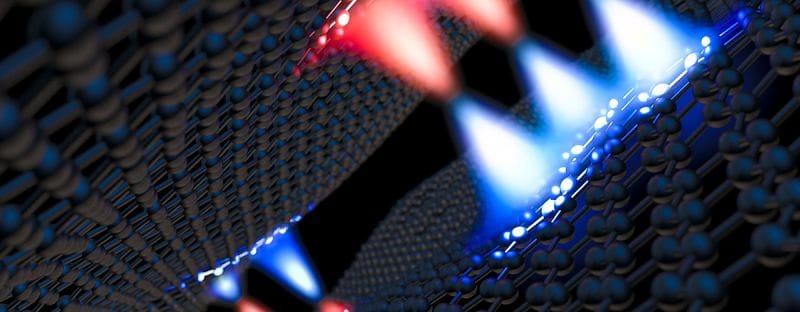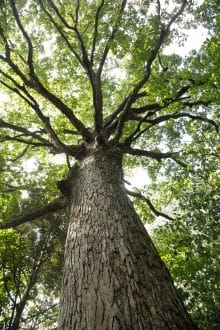RSS feed source: National Science Foundation
Funded by the U.S. National Science Foundation, scientists have accurately modeled particular cellular changes in Drosophila melanogaster, or the fruit fly, during embryonic development. When certain tissue shrinks dramatically to close a gap during the fruit fly embryo’s growth, the cells remain elastically solid rather than turning into a liquid form as expected. The model created by the researchers shows how this phenomenon happens and may lead to a new form of condensed matter physics with potential applications in neuroscience, biology and artificial intelligence.
The findings, published in Proceedings of the National Academy of Sciences, also revealed a surprising connection to the work that earned the 2024 Nobel Prize in physics.
“During the dorsal closure process, tissue, called amnioserosa, is shrinking like mad, and by all accounts, it should turn into a fluid,” says Andrea Liu, University of Pennsylvania theoretical physicist and author on the research. “But it doesn’t. The cells stay locked in place with their neighbors, and we wanted to understand why.”
RSS feed source: National Science Foundation
Supported by the U.S. National Science Foundation, physicists have revealed the presence of a previously unobserved type of subatomic phenomenon called a fractional exciton. Their findings confirm theoretical predictions of a quasiparticle with unique quantum properties that behaves as though it is made of equal fractions of opposite electric charges bound together by mutual attraction.
The discovery was supported by NSF through multiple grants and laboratory work performed at the NSF National High Magnetic Field Laboratory in Tallahassee, Florida. The results are published in Nature and show potential for developing new ways to improve how information is stored and manipulated at the quantum level, which could lead to faster and more reliable quantum computers.
“Our findings point toward an entirely new class of quantum particles that carry no overall charge but follow unique quantum statistics,” says Jia Li, leader of the research team and associate professor of physics at Brown University. “The most exciting part is that this discovery unlocks a range of novel quantum phases of matter, presenting a new frontier for future research, deepening our understanding of fundamental physics and even opening up new possibilities in quantum computation.”
Li and his team were able to observe fractional excitons by using a phenomenon known as the fractional quantum Hall effect, which occurs when a strong magnetic field is applied to layers of atomically thin
Click this link to continue reading the article on the source website.
RSS feed source: National Science Foundation
A team of researchers supported by the U.S. National Science Foundation has successfully made self-growing microlenses using bacteria and enzymes found in sea sponges. Because the microlenses are created by bacterial cell factories that function at standard temperatures and pressures, they are less expensive to produce — and they are exceptional at focusing light into very bright beams. The microlenses could allow for higher-resolution image sensors that go beyond current capabilities, potentially allowing doctors to more clearly see tiny structures inside cells.
In nature, sea sponges mineralize silica-based glass at a cellular level to create their intricate and strong glass skeletons. The researchers replicated that mechanism in a lab setting. Their research was published in Proceedings of the National Academy of Sciences
“This research is the first to engineer light-focusing properties into bacteria cells, and I am excited to explore the different possibilities that our work has opened up,” says one of the study’s authors and University of Rochester researcher Anne S. Meyer.
RSS feed source: National Science Foundation
A group of researchers from the University of Kentucky, The University of Tennessee and Indiana University, including those supported by the U.S. National Science Foundation, have collaborated with scientists from the U.S. Forest Service and others to produce the first complete genome for the white oak (Quercus alba), a tree that provides large amounts of timber and is the primary species used in barrels for aging spirits.



